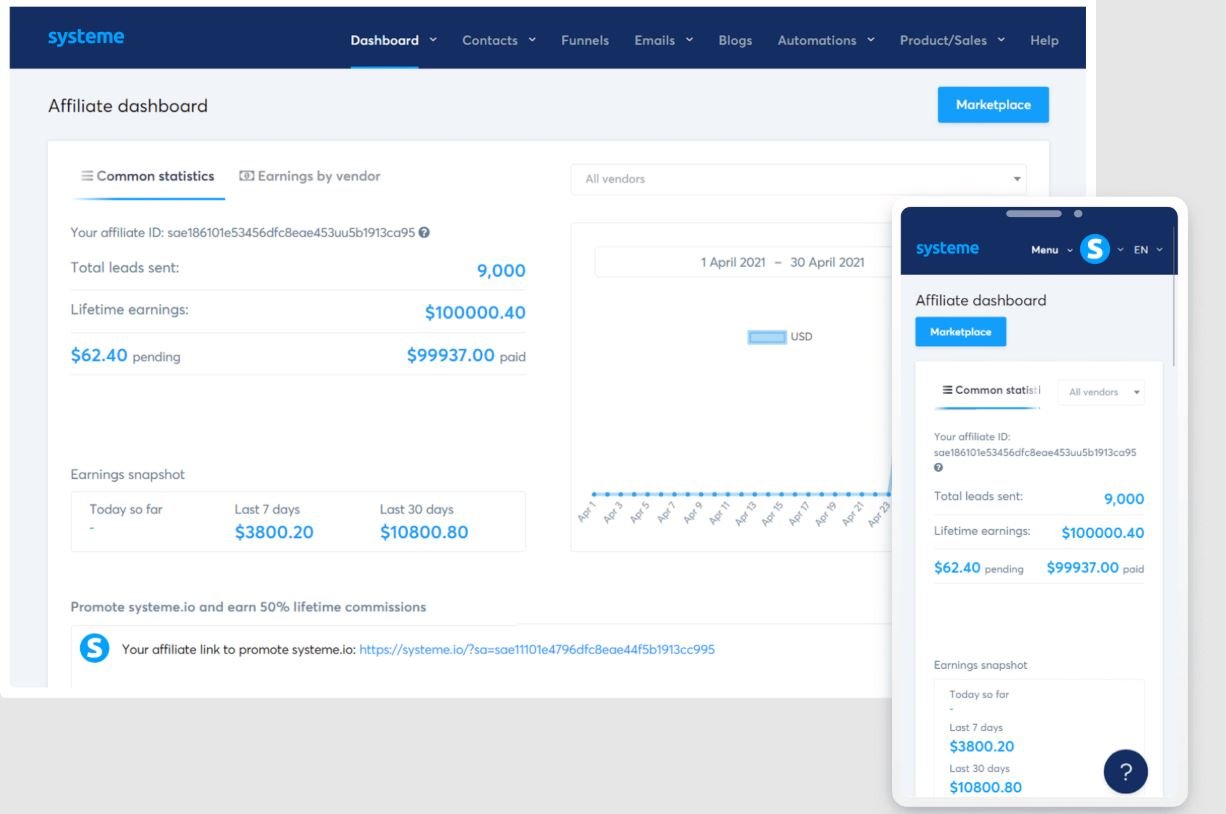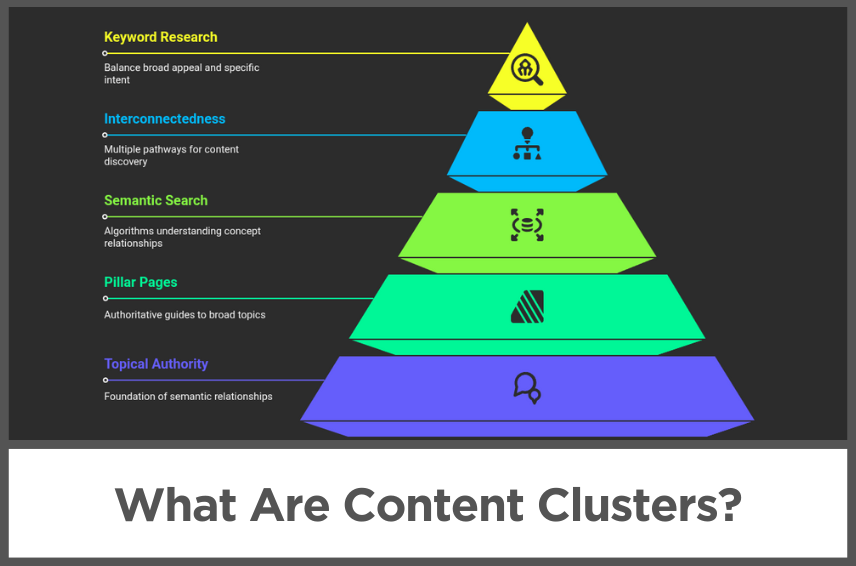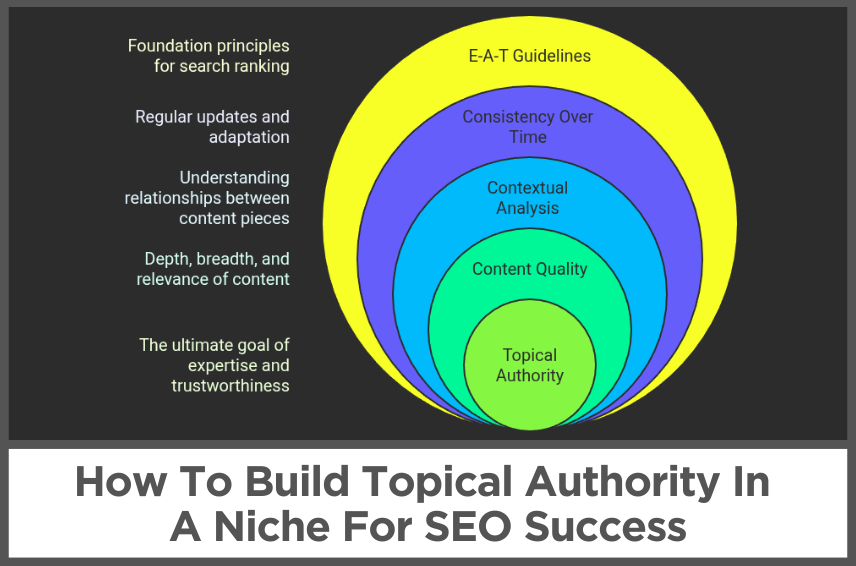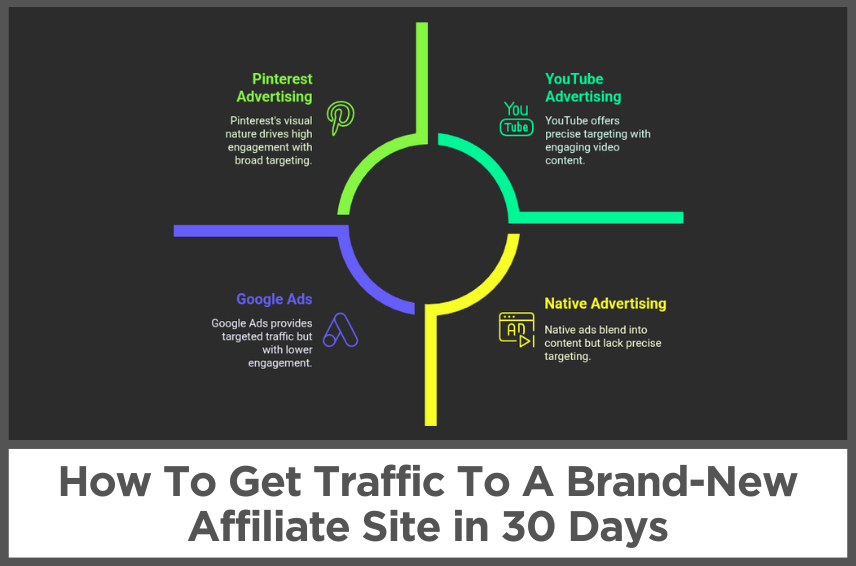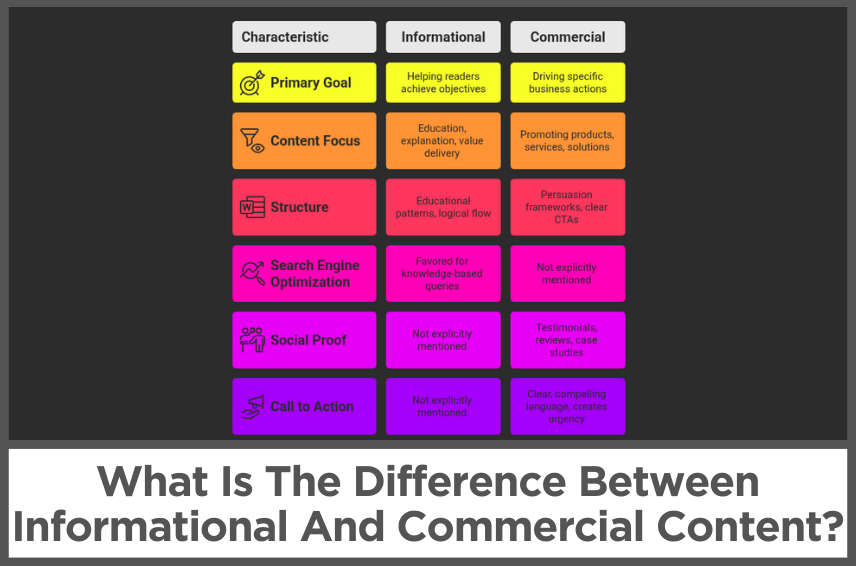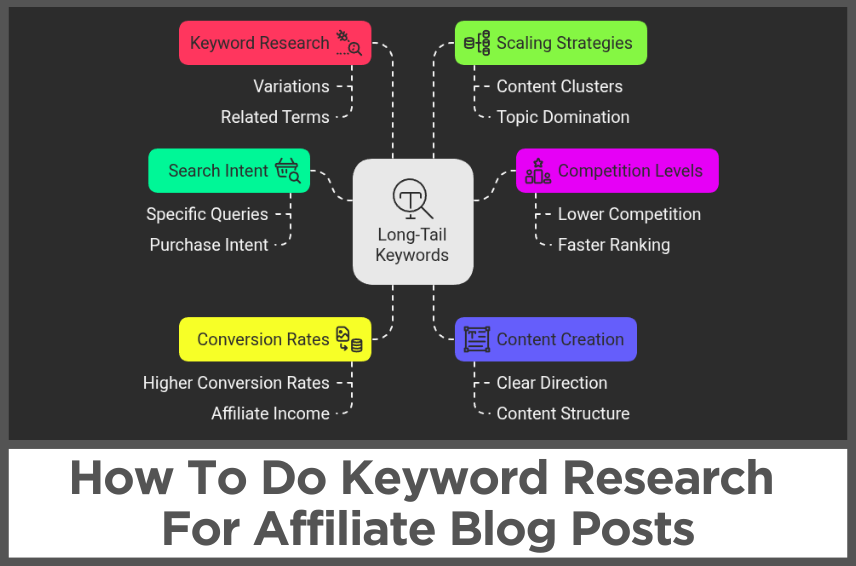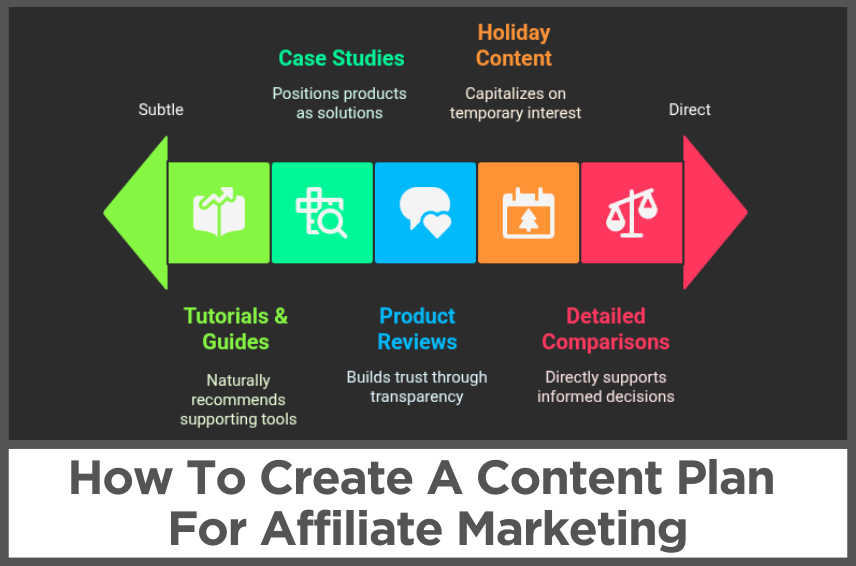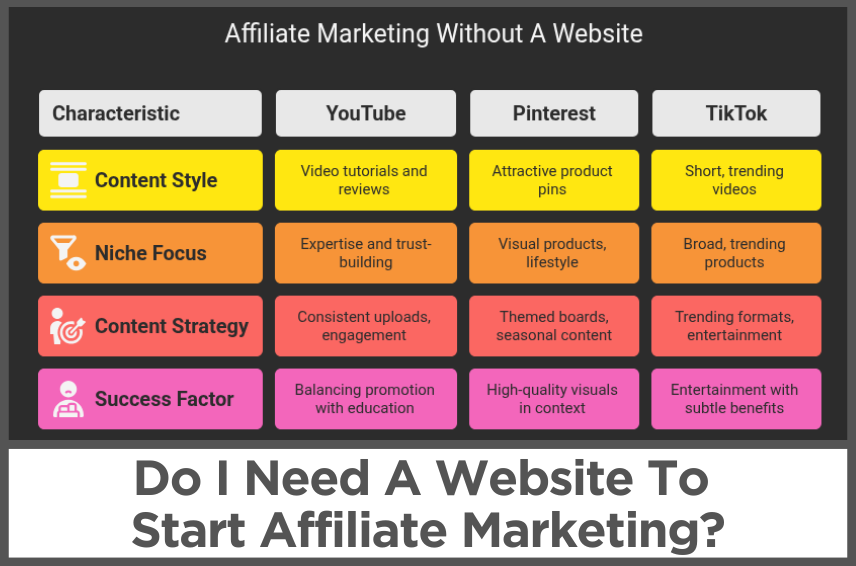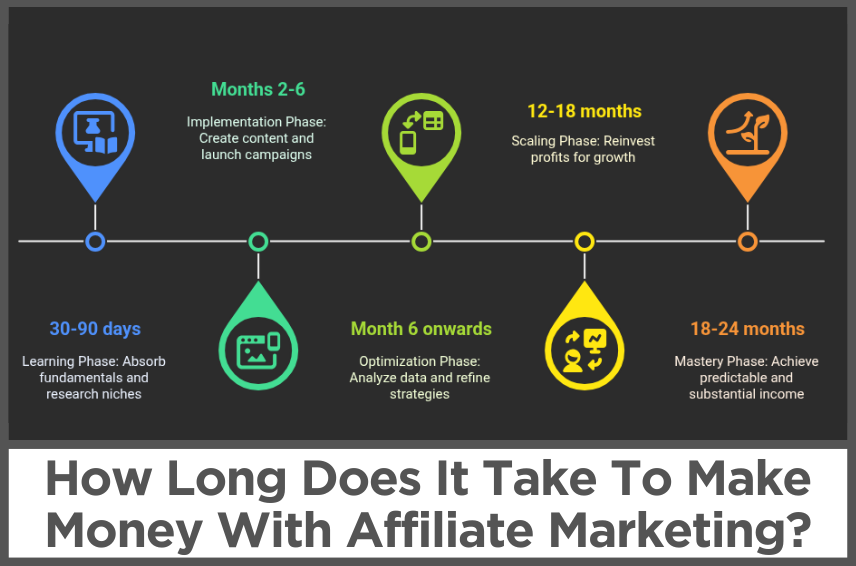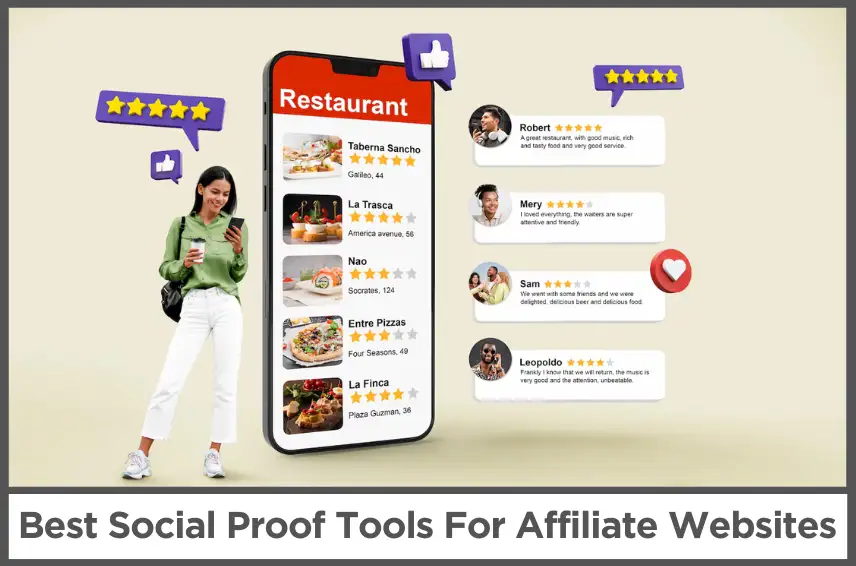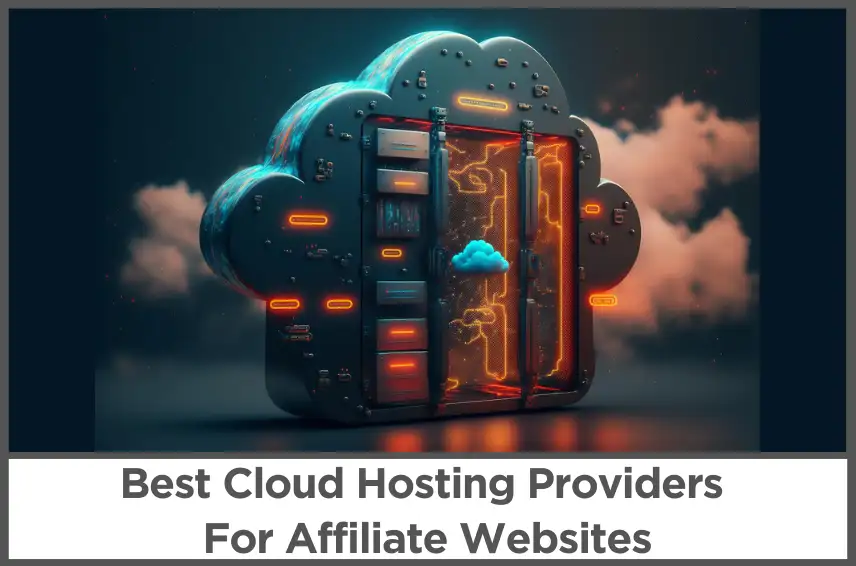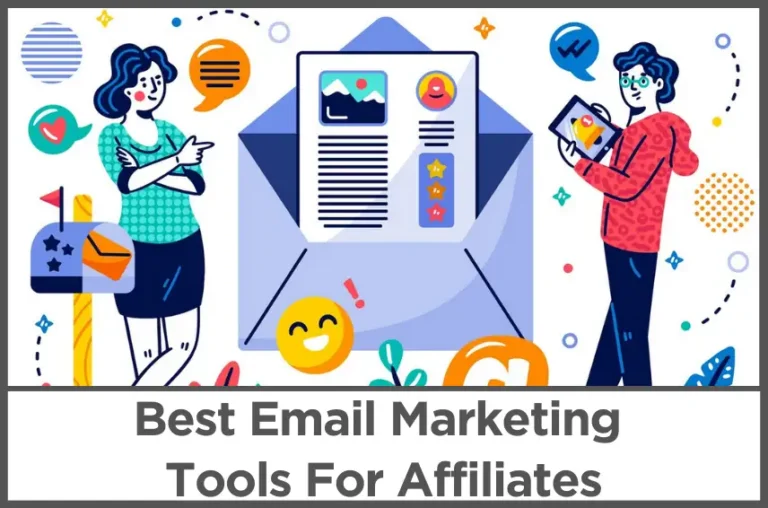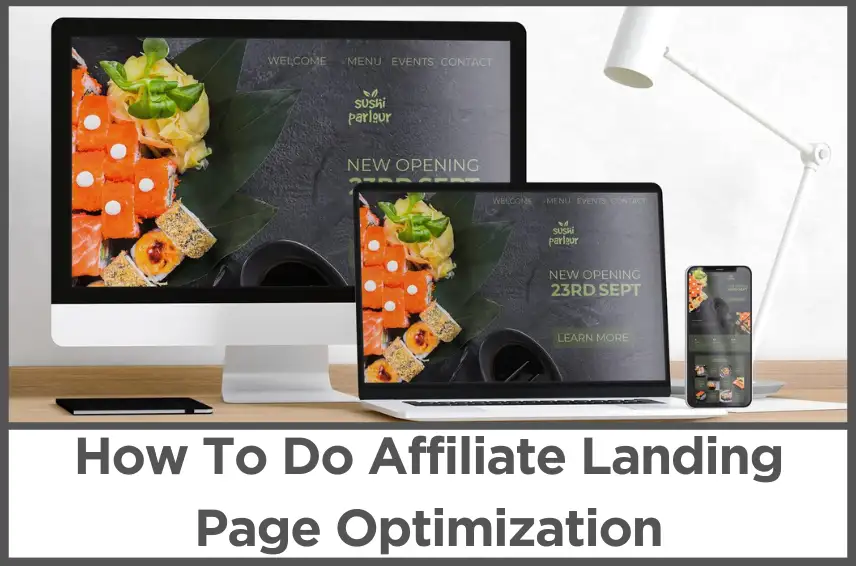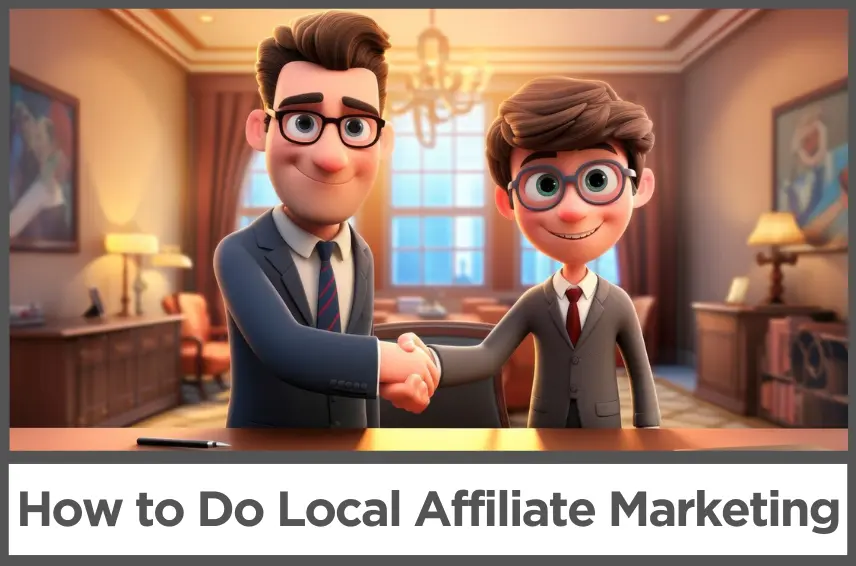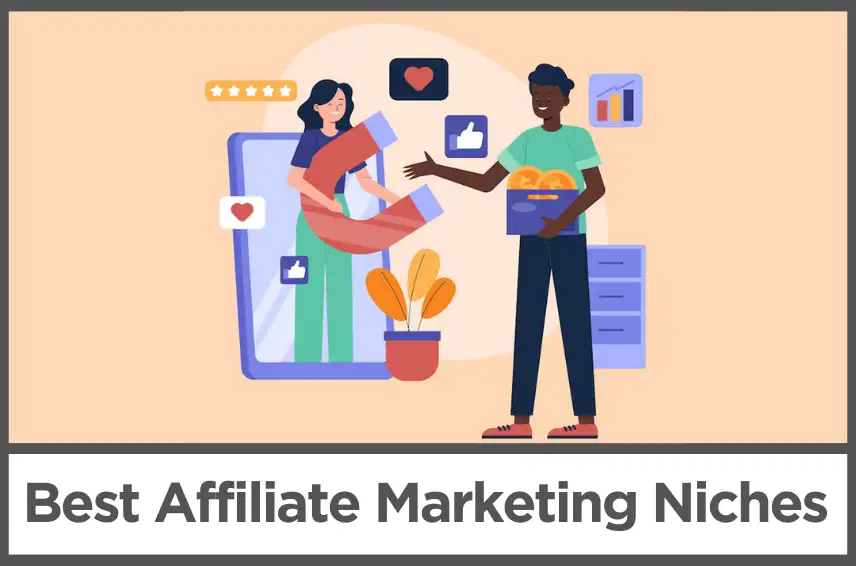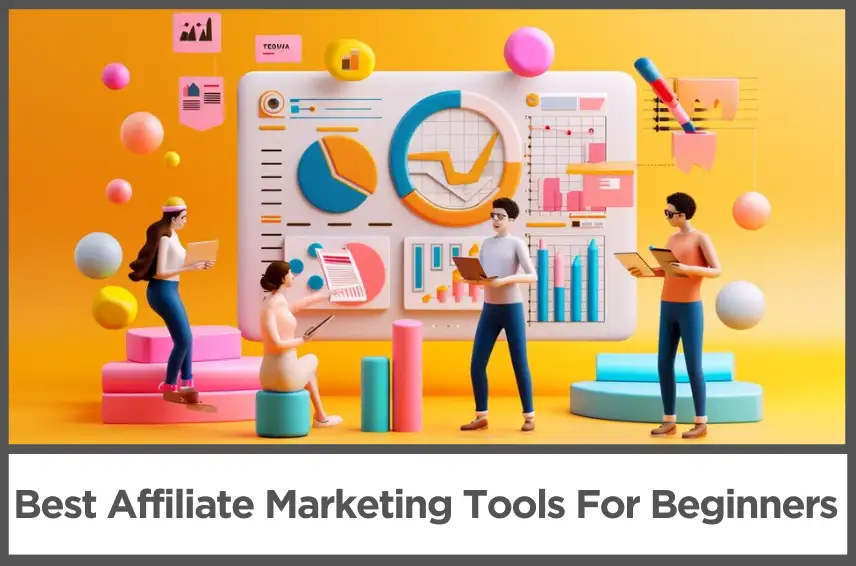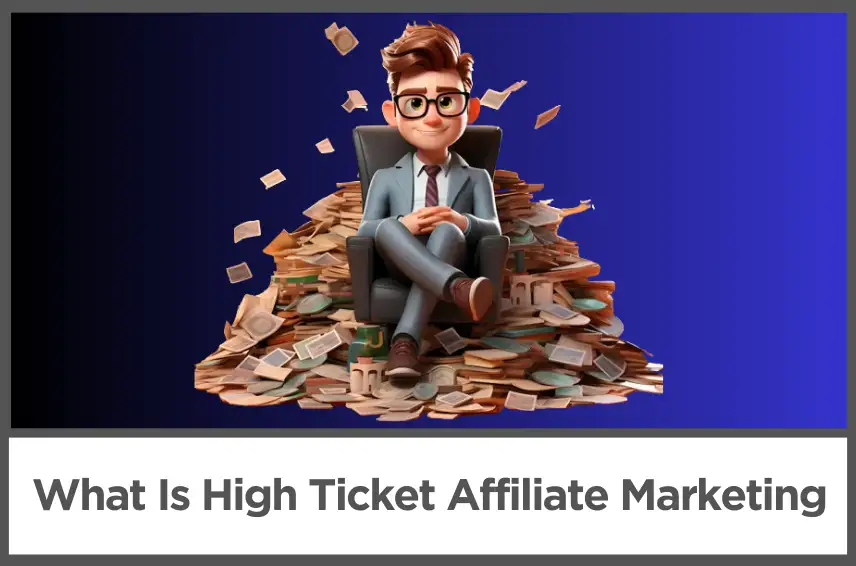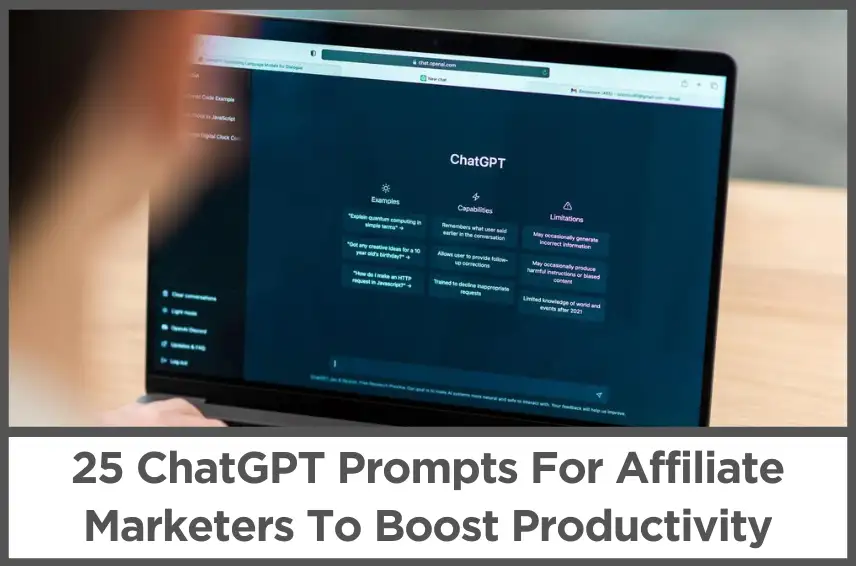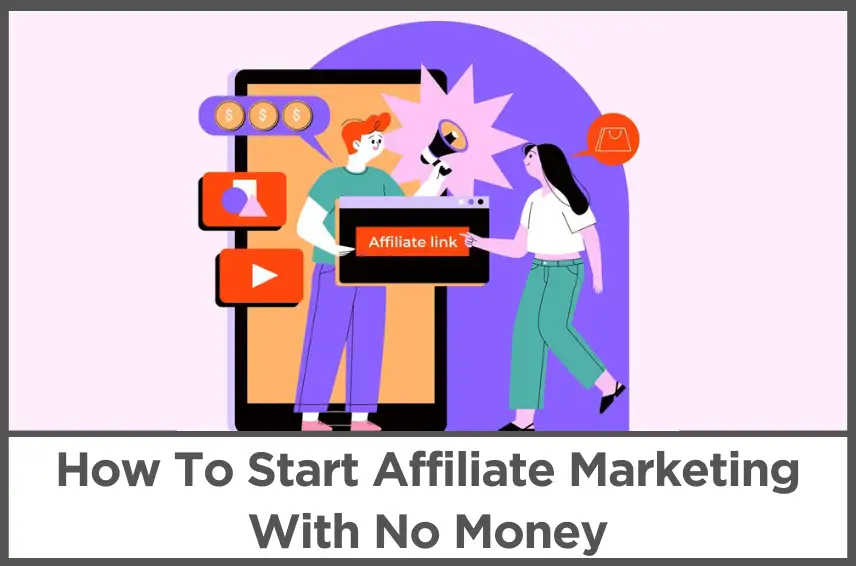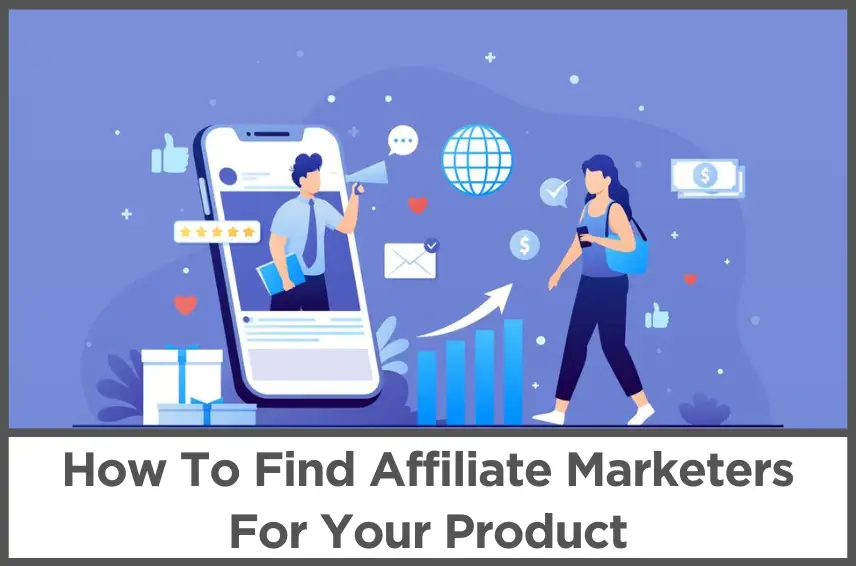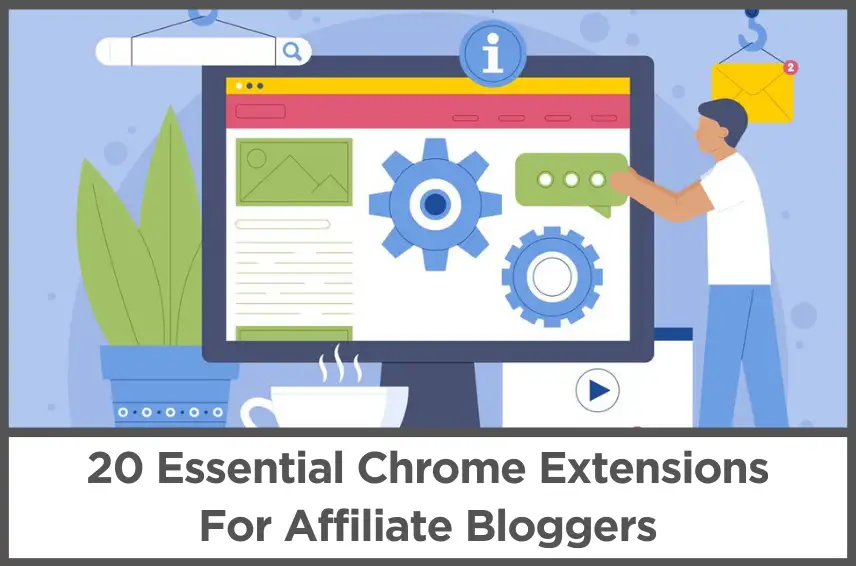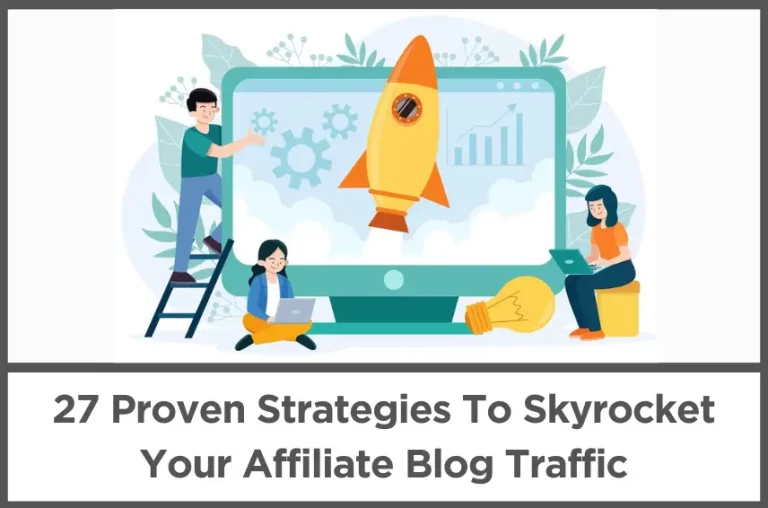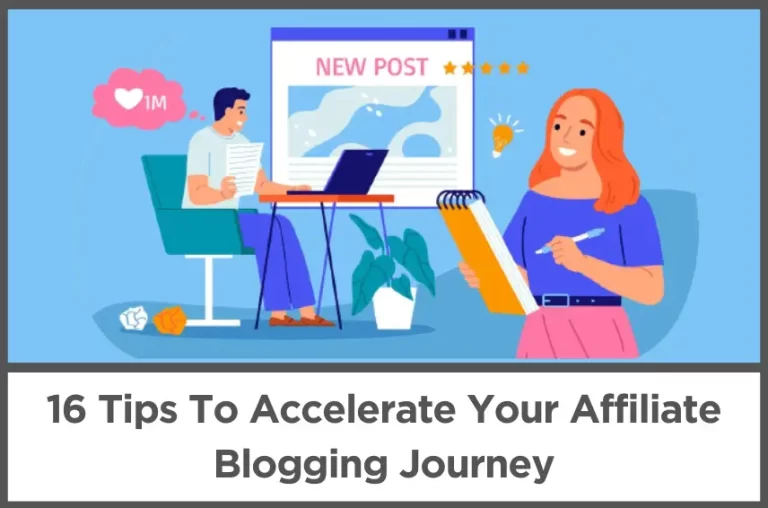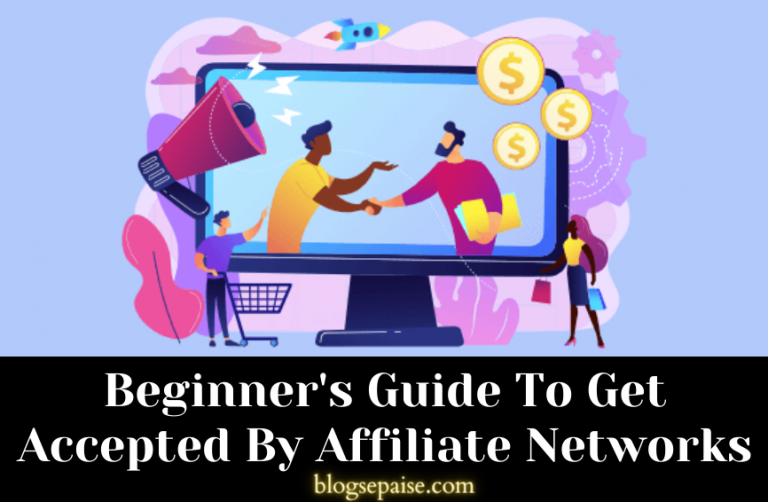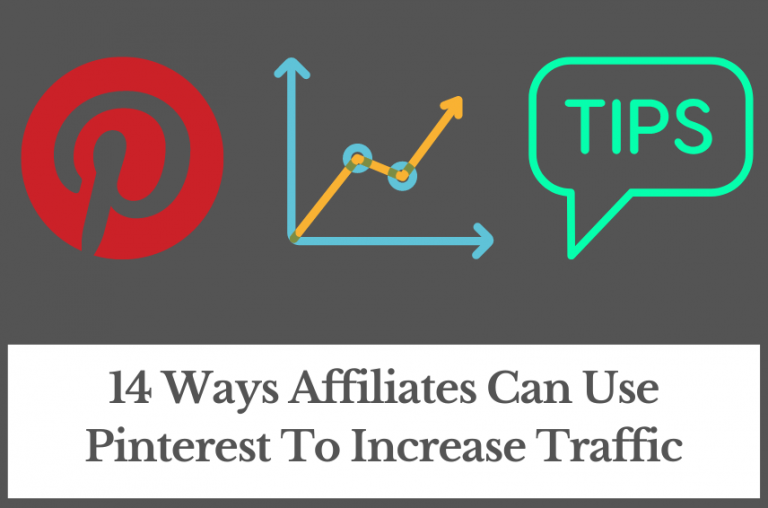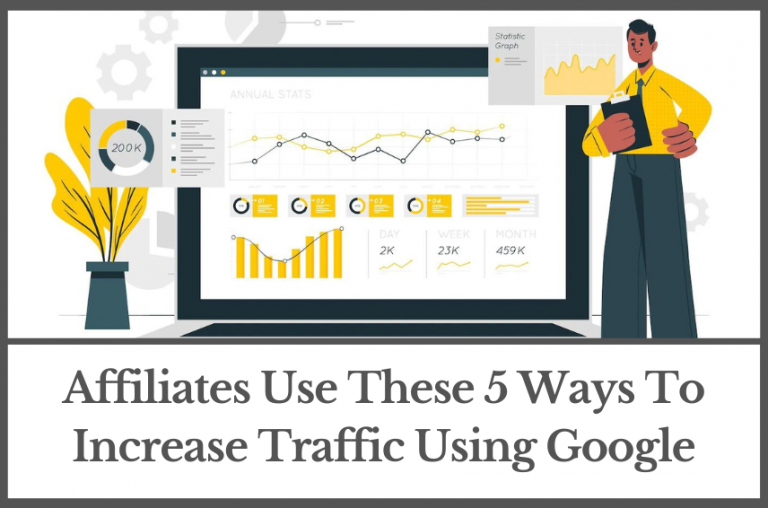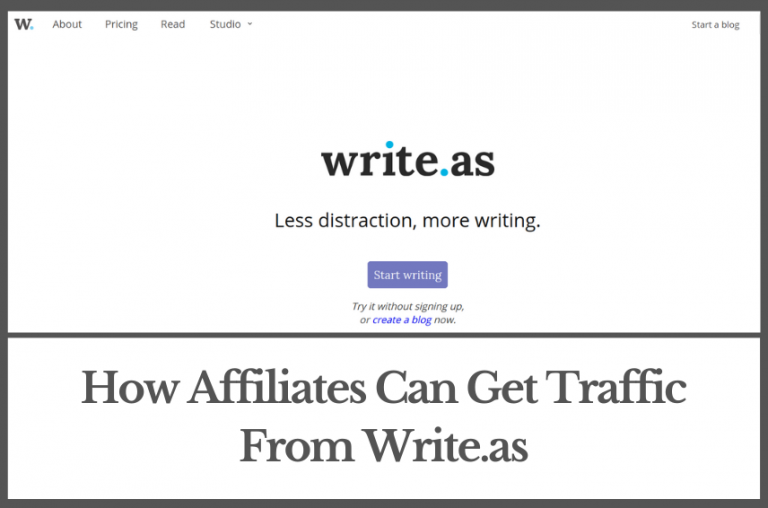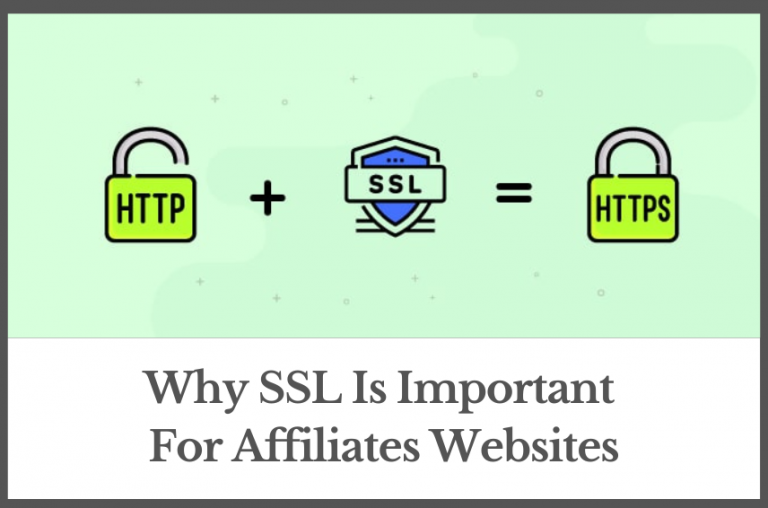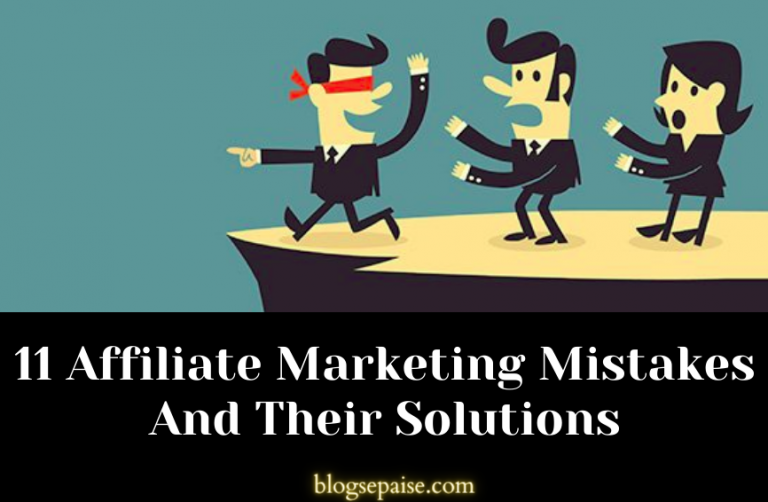How To Launch A Successful Influencer Affiliate Program?
by Abhigyan
Did you know that 85% of brands now use influencer marketing to grow their business?
But here’s the exciting part – combining influencer partnerships with affiliate marketing can multiply your ROI by up to 3x!
Understanding how to effectively set up and manage an influencer affiliate program is very important to get a positive ROI on your campaigns.
From selecting the right influencers who align with your brand values to establishing clear commission structures, each step plays a vital role in the overall success of the program.
With the right strategies in place, you can use the influence of trusted voices in your industry to enhance your brand visibility and credibility.
In this article, we will explore essential steps and best practices for launching an effective influencer affiliate program.
Let’s begin!
Disclosure: Some of the links I share might be affiliate links. If you click on one and make a purchase, I may earn a small commission as a thank you. But don’t worry, it won’t cost you anything extra. I only recommend stuff I genuinely believe in. Your support helps me keep creating awesome content. You can read my full affiliate disclosure in my disclaimer page.
IN THIS POST :
ToggleWhat is an Influencer Affiliate Program?
An influencer affiliate program brings together two powerful marketing strategies – influencer marketing and affiliate marketing.
A regular affiliate program pays people a commission when they promote your products and make sales.
These affiliates typically use their websites or email lists to share products with their audience.
But an influencer affiliate program specifically focuses on partnering with social media creators who have built loyal, engaged followings.
Think about your favorite YouTuber or Instagram creator.
Through an influencer affiliate program, that creator can earn money by sharing special discount codes or links with their followers.
Each time someone uses their code to make a purchase, the influencer gets paid a percentage of the sale.
Pretty cool, right! This setup creates a win-win situation – brands get authentic promotion from trusted voices, and influencers earn ongoing income from their content.
Let me share a real example that shows how powerful this can be.
Fashion Nova built a massive influencer affiliate network by partnering with Instagram fashion creators.
These influencers regularly share their Fashion Nova outfits along with personalized discount codes.
The company now works with over 500,000 influencer affiliates and generates millions in sales each month through these partnerships.
The success of any influencer affiliate program can be measured through several important numbers.
Sales revenue tells you how much money the program generates.
Click-through rate shows how many people are interested enough to check out your products.
Conversion rate reveals what percentage of those clicks turn into actual purchases.
Average order value helps you understand how much people typically spend when buying through influencer links.
Engagement metrics such as likes, comments, and shares demonstrate how well the influencer’s content resonates with their audience.
Social proof plays a huge role here too. When people see their favorite creators genuinely using and loving products, they become more likely to buy.
This authentic promotion often leads to higher conversion rates compared to traditional advertising methods.
Plus, many influencers continue sharing products they love even after sponsored campaigns end, creating long-term value for brands.
The best part about influencer affiliate marketing? The results are completely trackable.
Modern affiliate platforms like Affonso (see review) and Tapfiliate (see review) provide detailed data about which influencers drive the most sales, what products perform best, and even which social media platforms generate the highest return on investment.
This makes it easy to focus your resources on partnerships that deliver real business growth.
Planning Your Influencer Affiliate Strategy
Before launching your program, you need to establish exactly what you want to achieve.
Start by setting specific, measurable goals. Do you want to increase sales by a certain percentage?
Maybe you’re looking to reach new customer groups or boost brand awareness? Your goals will guide every other decision you make.
For example, if you aim to generate $100,000 in sales through affiliates within six months, you can work backwards to determine how many influencers you’ll need and what commission rates make sense.
Think about commission payments, platform fees, content creation costs, and staff time needed to manage everything.
A good starting point is to look at your profit margins. If you make $50 profit on each sale, you might decide to share $20 with your influencer affiliates.
This leaves enough room for other expenses and still keeps your business profitable.
You’ll also need some budget for initial setup costs and marketing materials.
Now comes an exciting part – choosing which influencers to work with!
Picture your ideal customer. Where do they hang out online? What content do they enjoy?
Which influencers do they trust? Maybe you sell fitness supplements, so you’ll want to partner with health and wellness creators who attract health-conscious followers.
Or perhaps you offer business software, making business coaches and entrepreneurship influencers perfect partners. Be super specific about who you want to reach.
Next up: money talk! How will you pay your influencers?
Most successful programs offer a base commission rate plus bonuses for hitting certain goals.
Let’s say you start with 15% commission on all sales. Then add bonus tiers – perhaps 20% when they hit $5,000 monthly sales, and 25% at $10,000.
You also need to decide payment frequency (monthly payments work well), minimum payout amounts, and how long you’ll track cookies (30-90 days is standard).
Make these terms crystal clear from day one!
Last but definitely not least, create clear guidelines for your program.
This includes everything from brand voice requirements to disclosure rules and content approval processes.
How should influencers talk about your products? What claims can they make?
Which platforms can they post on? What type of content is off-limits? Write all this down!
Clear guidelines prevent headaches later. Include examples of great content and things to avoid.
Also spell out any technical requirements, like proper affiliate link usage or discount code formats.
The payment terms should match your cash flow.
If you sell high-ticket items with longer customer service periods, consider splitting commission payments over time.
This protects you from refunds and ensures long-term engagement from influencers.
You might pay 50% after the initial sale and 50% after the refund period ends.
A robust tracking system forms the backbone of your strategy. Decide how you’ll monitor sales, clicks, and engagement.
Most importantly, plan how you’ll measure return on investment (ROI).
Track not just direct sales but also brand mentions, audience growth, and customer feedback.
This data helps you adjust your strategy and identify your most valuable partnerships.
Communication guidelines matter too! Plan regular check-ins with your influencers.
Maybe monthly video calls or quarterly reviews. Create a system for sharing new products, upcoming promotions, and program updates.
Happy, well-informed influencers become your best brand advocates. They’ll create better content and stick around longer when they feel supported and valued.
Don’t forget about scaling possibilities! Build your initial strategy with a growth mind.
How will you handle ten influencers? A hundred? A thousand? What systems need to be placed for smooth expansion?
Starting with solid foundations makes future growth much easier.
Consider tools and software like Systeme that can grow with your program.
Choosing The Right Affiliate Platform
The most popular platforms today include ShareASale, Impact, Refersion, and PartnerStack.
Each platform has unique strengths. ShareASale works great for beginners with simple commission structures.
Impact shines when you need advanced tracking and multiple program types.
Refersion makes everything super easy to understand and manage.
PartnerStack specializes in software and digital product companies.
Your affiliate platform needs specific features to run smoothly. First up: reliable tracking!
The platform must accurately record clicks, sales, and commissions.
You absolutely need real-time reporting dashboards that show you exactly how your program performs.
Look for automatic commission calculations and payments – trust me, you don’t want to handle these manually!
The platform should also provide unique tracking links and coupon codes for each influencer.
Bonus points if the platform includes fraud detection and prevention tools.
Platform costs vary dramatically. Some charge monthly fees starting around $100, others might cost thousands.
Most platforms take a percentage of your affiliate sales too – usually between 1% and 5%.
Do some math here! A platform charging $500 monthly might actually cost less than a cheaper platform taking higher commission percentages.
Think about your expected sales volume when comparing costs.
Also check for hidden fees like setup costs, payment processing charges, or minimum monthly payments.
Your affiliate platform needs to play nice with your other business tools.
Does the platform connect easily with your e-commerce store? Can it sync with your customer service system?
How about your email marketing software? For example, Shopify users might prefer platforms with direct Shopify integrations.
WooCommerce store owners should look for WordPress-friendly options. The easier these connections work, the smoother your program runs.
Setting up your chosen platform properly makes everything easier down the road.
Start by mapping out your commission structure before touching any settings.
Then create clear tracking categories for different products or influencer types.
Set up your payment rules next – things like minimum payout amounts and payment schedules.
Make sure to test everything thoroughly! Create a test influencer account and run through the entire process from registration to payment.
Smart reporting setup saves tons of time later. Configure your dashboards to show the most important metrics immediately.
Sales numbers, conversion rates, and top-performing influencers should jump right out at you.
Set up automated alerts for important events too. Maybe you want notifications when new influencers join or when someone hits a sales milestone.
The best platforms include marketing tools that help your influencers succeed. Look for features that let you share branded assets easily.
A good resource center where influencers can grab logos, product photos, and marketing guidelines proves super helpful.
Some platforms even provide automated onboarding sequences to get new influencers up and running quickly.
Security features matter more than most people realize! Your platform should require strong passwords and offer two-factor authentication.
Look for platforms that regularly update their security measures. They should also help you stay compliant with privacy laws and advertising regulations.
This protection keeps both you and your influencers safe.
Many influencers manage their promotions from phones or tablets. A platform with good mobile apps or mobile-friendly interfaces makes everyone’s life easier.
Your influencers can check their stats, grab links, and manage their accounts from anywhere.
Customer support quality can make or break your experience. Research what kind of help each platform offers.
Do they provide 24/7 support? Can you talk to real humans when problems arise?
Read reviews focusing specifically on customer service experiences. Great support helps you solve problems quickly and keeps your program running smoothly.
Finding & Recruiting Influencers
Finding the right influencers starts with understanding where your target audience spends time online.
Instagram might be perfect for fashion and beauty brands. YouTube works amazingly for tech products and detailed tutorials.
TikTok brings incredible results for brands targeting younger audiences. LinkedIn proves powerful for B2B products and professional services.
The key? Go where your potential customers already hang out!
Several tools make influencer discovery much easier. Platforms such as Upfluence, HypeAuditor, and Social Blade help you find creators based on specific criteria.
These tools show you important data about each influencer – their engagement rates, audience demographics, and past brand collaborations.
You can even filter influencers by location, audience size, and content topics.
Don’t just look at follower counts! Engagement matters way more.
A creator with 10,000 super-engaged followers often brings better results than someone with 100,000 passive followers.
Check how their audience interacts with their content. Do people leave meaningful comments?
Do they ask questions about products being featured? These signs indicate an engaged, trusting audience.
Background research saves headaches later. Look through potential partners’ past content.
Have they promoted similar products? How do they talk about brands?
Check if they align with your values and brand image.
Red flags include buying fake followers, posting controversial content, or having inconsistent engagement patterns.
Tools like HypeAuditor can help spot fake followers and engagement.
The next part is reaching out. Personalization matters hugely here. Never send generic mass messages. Start by engaging with their content naturally.
Like their posts, leave thoughtful comments, share their content when relevant. This builds recognition before you pitch.
Then, send a personalized message showing you understand their content and audience.
Your outreach message should excite potential partners! Start by complimenting specific content pieces you enjoyed.
Explain why you think they’d be perfect for your program.
Share clear details about commission rates, payment terms, and program benefits.
Example: “Hey Sarah! Your recent video about sustainable fashion really caught my attention. The way you explained fabric choices perfectly matches our brand values…”
The partnership proposal needs to solve problems for both sides. Maybe you offer exclusive discount codes for their audience.
Perhaps you provide free products for content creation. Consider offering higher commission rates for top performers.
Some brands even give influencers early access to new products or invite them to special events. Make your offer stand out!
Negotiations require flexibility and clear communication. Some influencers might want higher commission rates.
Others prefer upfront payments plus commissions. Listen to their needs and be ready to adjust your offer.
However, always keep your profit margins in mind. Create a win-win situation where both sides feel valued and motivated.
Setting expectations early prevents problems later. Discuss content requirements, posting schedules, and exclusivity terms upfront.
Be clear about what they can and cannot say about your products. Share examples of great content from other partners.
Outline your review process for sponsored content. Put everything writing – this protects both parties.
Remember to treat influencer recruitment as relationship building. These creators become extensions of your brand voice.
Take time to answer their questions thoroughly. Share your brand story and values. Help them understand why their audience will love your products.
Strong relationships lead to authentic promotions and long-term partnerships.
Building a diverse influencer team often brings better results. Mix micro-influencers with bigger creators.
Include different content styles and audience types. This approach helps you reach various customer segments and test different marketing angles.
Plus, smaller creators often have super-engaged niche audiences who trust their recommendations deeply.
Documentation streamlines everything! Create templates for outreach messages, partnership agreements, and program guidelines.
But always customize these templates for each influencer. Keep detailed records of all conversations and agreements.
Track which recruitment methods work best so you can focus your efforts effectively.
Creating Your Affiliate Program Assets
Your influencers need eye-catching visuals that match your brand perfectly. This includes product photos, banner ads, social media templates, and logos.
Make these materials easy to customize – influencers love adding their personal touch!
Create different sizes for various platforms: square for Instagram, vertical for Pinterest, horizontal for YouTube thumbnails.
Make everything look professional yet authentic.
Documentation becomes your program’s backbone. Write clear, friendly guidelines that explain every aspect of your program.
Start with the basics – commission rates, payment schedules, and promotional rules. Add step-by-step guides for using affiliate links and discount codes.
Include examples of great product descriptions and approved marketing claims.
Tracking links and discount codes need careful setup. Each influencer should get unique identifiers that track their performance.
Make these codes memorable and brand-friendly. For example, if an influencer named Sarah promotes your skincare line, her code might be “SARAHSKIN”.
These codes should work across all your sales channels – website, mobile app, and physical stores if applicable.
Landing pages can make or break your conversion rates. Create custom pages for each influencer’s audience.
These pages should match the message their followers heard their content. Include the influencer’s photo and testimonial.
Show products they specifically recommended. Add customer reviews and clear buying instructions.
Your resource center becomes command central for influencers.
Build an organized hub with everything they need: marketing materials, product information, campaign calendars, and performance reports.
Include training videos showing how to promote your products effectively.
Add FAQ sections addressing common questions
Scaling Your Influencer Affiliate Program
Start by analyzing your current success stories. Which influencers bring the most sales?
What content styles convert best? Use these insights to find similar creators who might perform well.
Create different tiers for your influencers – maybe bronze, silver, and gold levels with increasing benefits.
This motivates everyone to perform better!
Advanced optimization begins with deep data analysis. Look beyond basic sales numbers.
Track customer lifetime value from each influencer’s referrals. Measure repeat purchase rates.
Study which product combinations sell best together. This data helps you create targeted promotions and special offers.
You might discover that beauty influencers’ customers buy skincare bundles more often than single products.
Adding new products to your program can supercharge growth. Give your influencers early access to upcoming launches.
Train them thoroughly on new product features and benefits. Create special launch packages just for their audiences.
This builds excitement and drives initial sales. Your influencers feel special, and their audiences get exclusive deals!
Going international opens huge opportunities! Research target markets carefully.
Find local influencers who understand cultural nuances. Translate all your materials into relevant languages.
Adjust pricing and commission structures for different economies. Remember that promotional styles vary by country – what works USA might flop Japan!
Building a strong community transforms regular influencers into passionate brand advocates.
Start private Facebook groups or Slack channels where influencers can connect. Host virtual meetups to share strategies and success stories.
Create mentorship programs pairing experienced influencers with newcomers. Strong communities lead to organic growth through referrals.
Every country has different rules about disclosing sponsored content. Create clear guidelines about using phrases “#ad” or “#sponsored”.
Keep records of all agreements and payments. Update your policies regularly as laws change. Protection matters for everyone involved!
Final Thoughts On Influencer Affiliate Marketing
Launching an influencer affiliate program is a powerful way to scale your business in 2025.
By following the strategies and best practices outlined in this guide, you’ll be well-equipped to create a successful program that attracts top influencers and drives significant revenue.
The key to success lies in careful planning, clear communication, and continuous optimization.
Ready to take your marketing to the next level?
Start implementing these strategies today!
FAQ
1. What is influencer affiliate marketing?
Influencer affiliate marketing is a strategy where influencers partner with brands to promote their products and earn commissions on sales.
2. What are the benefits of using influencers in affiliate marketing?
Influencers enhance brand reach by promoting to followers and driving conversions through trusted recommendations.
3. Do I need a large budget to start an influencer affiliate program?
No, micro-influencers can be a cost-effective option for brands with smaller budgets.
4. How do I find the right influencers for my brand?
You can use online platforms like Upfluence, Heepsy, and Collabstr to filter influencers in your niche based on engagement rates and audience demographics.
5. How can I track sales generated by influencers?
You can use tools like Affonso and Tapfiliate to create unique affiliate links and track your influencers’ sales and engagement metrics.
6. Can I run an influencer affiliate program without a website?
Yes, social media platforms can effectively promote products through influencer partnerships.
7. Should I offer free products to influencers?
Yes, free products can incentivize enthusiastic promotions and authentic reviews based on personal experience.
8. What are some common mistakes to avoid in influencer affiliate marketing?
Avoiding unclear expectations, neglecting communication with affiliates, underestimating the importance of authentic content, and failing to track performance effectively.
If you find this article helpful, kindly share it with your friends. You may also Pin the above image on your Pinterest account. Thanks!
Abhigyan Mahanta
Hi! I’m Abhigyan, a remote web developer and an affiliate blogger. I create beginner-friendly guides to help new affiliates get started and grow in affiliate marketing. I also share information on remote companies and interview preparation tips.




